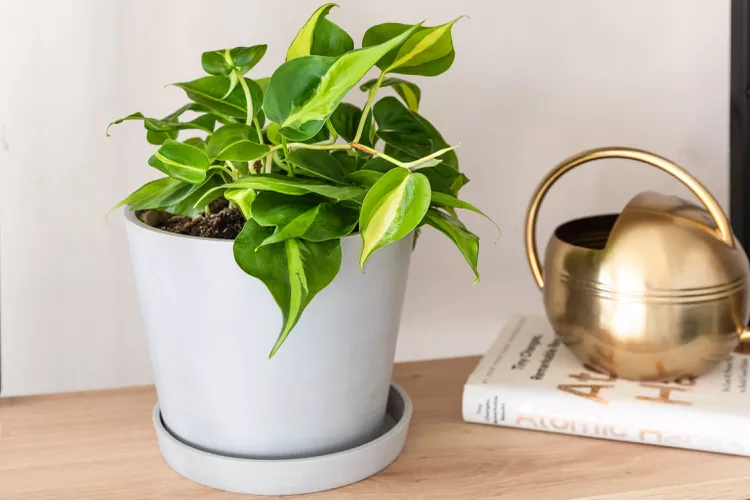The philodendron is more than just a pretty face in the world of indoor gardening. Belonging to the vast Araceae family, this genus is native to the tropical rainforests of Central and South America. Its name, derived from the Greek words ‘philo’ (love) and ‘dendron’ (tree), hints at its natural growth habit as a “tree hugger,” often found climbing up larger trees in its jungle home. These evergreen perennials are primarily cultivated for their spectacular foliage, which comes in an astonishing array of shapes, sizes, and colors, making them a versatile choice for any interior space.
What truly sets philodendrons apart in the realm of houseplants is their remarkable adaptability. They have evolved to be incredibly resilient, tolerating a range of indoor conditions that would stress out more finicky plants. This easy care nature is why they’ve become a staple in homes and offices worldwide. Whether you’re looking for a trailing plant to adorn a high shelf or a bold, upright statement piece for an empty corner, the philodendron genus has you covered. Their ability to purify the air by removing common household toxins is just the icing on the cake, making them both beautiful and beneficial.
Vining vs. Non-Climbing: Which Philodendron is Right for You?
Understanding the two primary growth habits is crucial to selecting the perfect philodendron for your space. This fundamental distinction dictates not only the plant’s appearance but also its care requirements and spatial needs.
Vining Philodendrons are the quintessential trailers. Species like the beloved Heartleaf Philodendron (Philodendron hederaceum) and the stunning Philodendron ‘Brasil’ produce long, cascading stems that can reach several feet in length. They are phenomenal in hanging baskets where their vines can elegantly spill over the edges, or they can be trained to climb up a moss pole, trellis, or even a wall. This group is perfect for those who want to add vertical interest or a “jungle vibe” to their rooms. Their growth pattern is flexible; you can let them trail for a relaxed look or guide them upwards for a more structured, dramatic display.
Non-Climbing Philodendrons, also known as self-heading or upright varieties, grow in a more compact, rosette form. Think of the majestic Lacy Tree Philodendron (Philodendron bipinnatifidum) or the chic Philodendron ‘Birkin’. These plants don’t send out long vines. Instead, they grow outward and upward from a central core, developing large, often deeply lobed leaves that make a bold architectural statement. They are ideal floor plants that demand more horizontal space but less vertical management. If you prefer a plant that stays put and grows into a magnificent, self-contained specimen, a non-climbing philodendron is your best bet.
How Do You Care for a Philodendron? The Essentials
Mastering the basics of philodendron care is simpler than you might think. These plants are notoriously forgiving, but providing them with their preferred conditions will transform them from “just alive” to explosively vibrant. Let’s break down the five pillars of essential care: light, water, soil, climate, and food.
What is the Best Light for a Philodendron?
Philodendrons are the Goldilocks of the plant world when it comes to light—they prefer it just right. Bright, indirect light is their sweet spot. This means placing them in a room where they can bask in plenty of ambient light without being scorched by the sun’s direct rays. An east-facing window is often ideal, providing gentle morning sun. A west-facing window can also work, but you may need to diffuse the stronger afternoon light with a sheer curtain. A spot a few feet back from a south-facing window is anot…
A Simple Guide to Propagating Philodendron from Cuttings
November 3, 2025

A Simple Guide to Propagating Philodendron from Cuttings
Share Post
Facebook
Twitter
LinkedIn
Search
All Services
Recent Posts
December 1, 2025
Propagate a Philodendron
December 1, 2025
Philodendron Species
December 1, 2025
